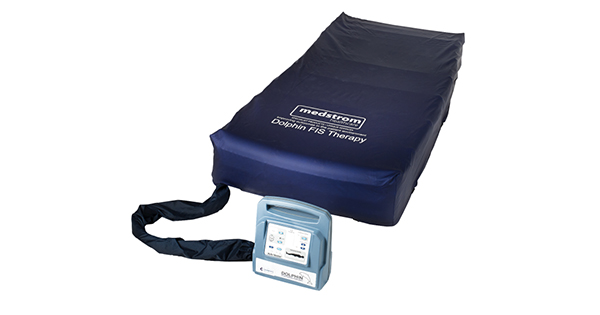Background: It is well documented that risk factor modification in peripheral arterial disease (PAD) alters the progression of the disease and reduces overall cardiovascular mortality.
Aims: Treatment for PAD is moving into primary care and the aim of this study was to assess the levels of risk factor assessment and modification currently occurring in primary practice.
Methods: Forty new referrals to a vascular clinic were identified and their referral letters and assessments in primary care were examined to see whether risk factors had been assessed and whether modifications had been discussed or initiated. These results were compared with national guidelines.
Results: Of the patients with diabetes 79% had an HbA1c assessed within six months before referral with 25% of results being higher than national guideline standards; 35 patients had hypercholesterolemia but all were taking a statin with an acceptable cholesterol level; 16 patients smoked with only four having been given advice to aid cessation. Only 38% of hypertensive patients had been assessed by primary care preceding referral and only 40% were on sufficient treatment to achieve a ‘normal’ reading.
Conclusions: Assessment and modification of risk factors in patients with PAD in primary care is varied and generally poor. This will need addressing if further management of these patients is moved into primary care.
Conflict of interest: None.






